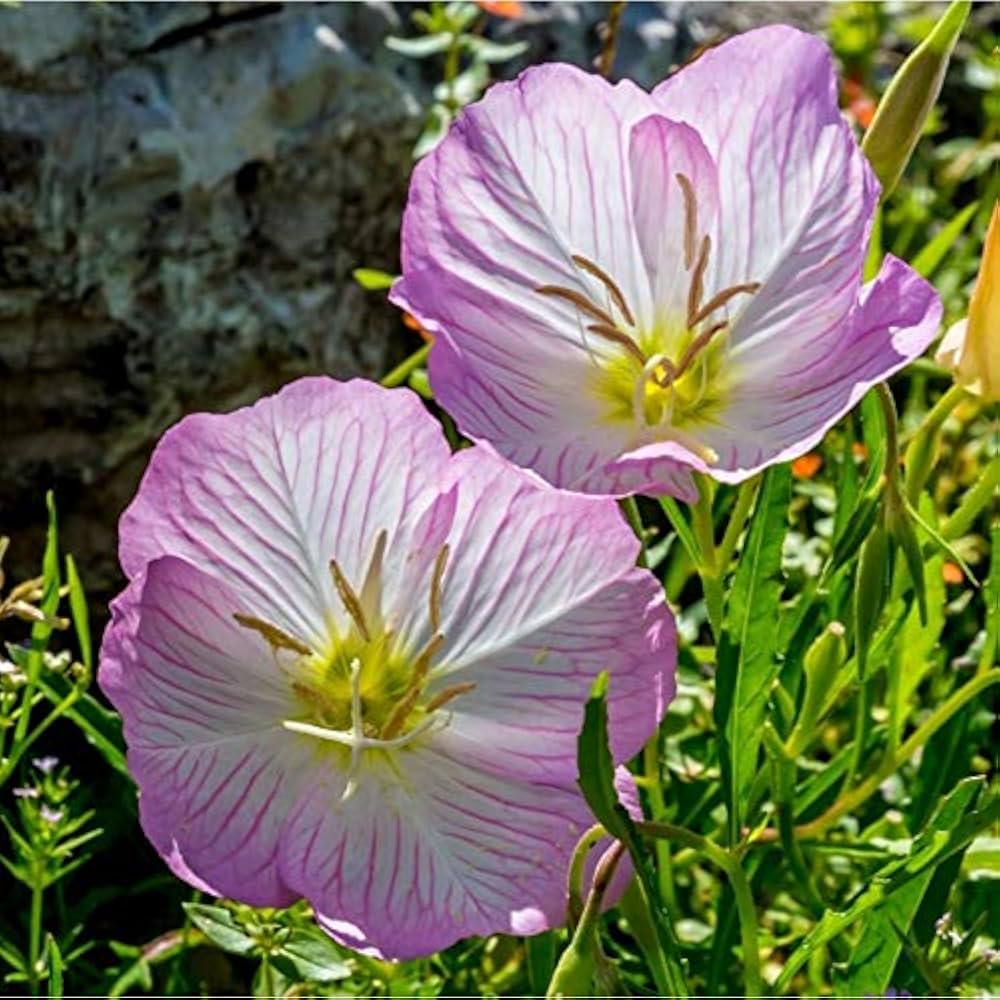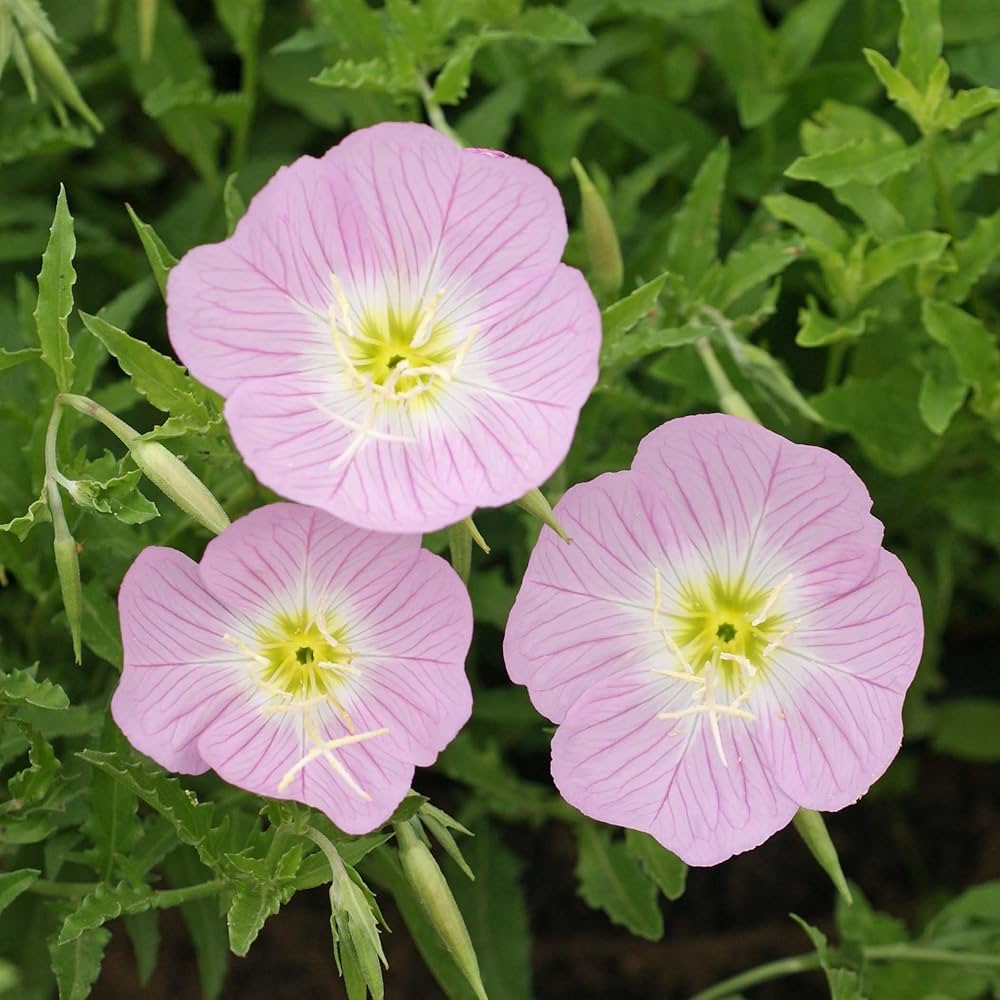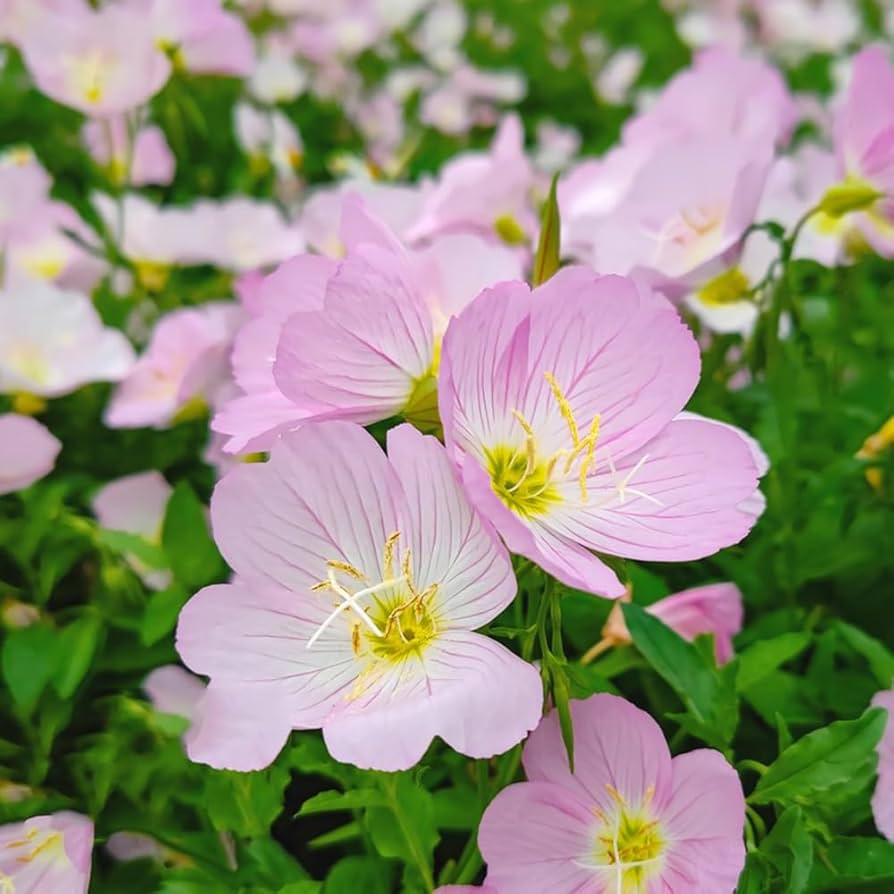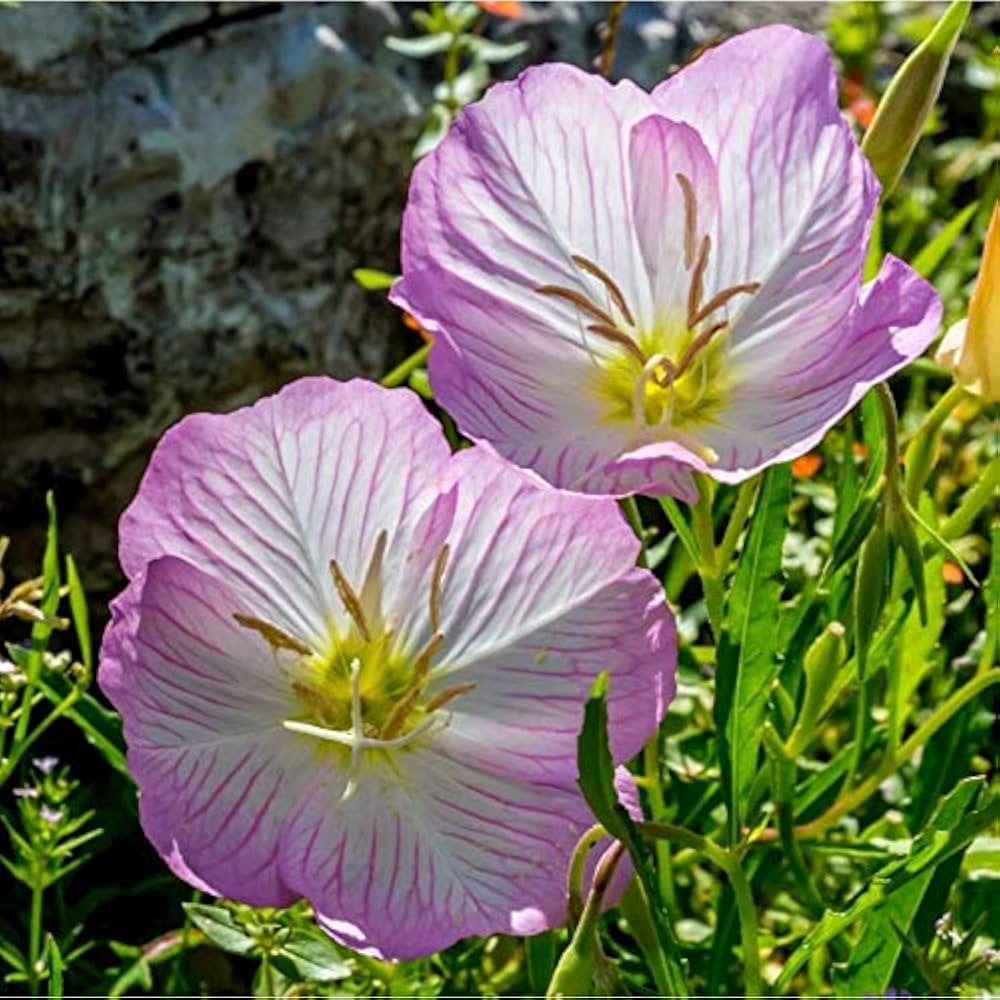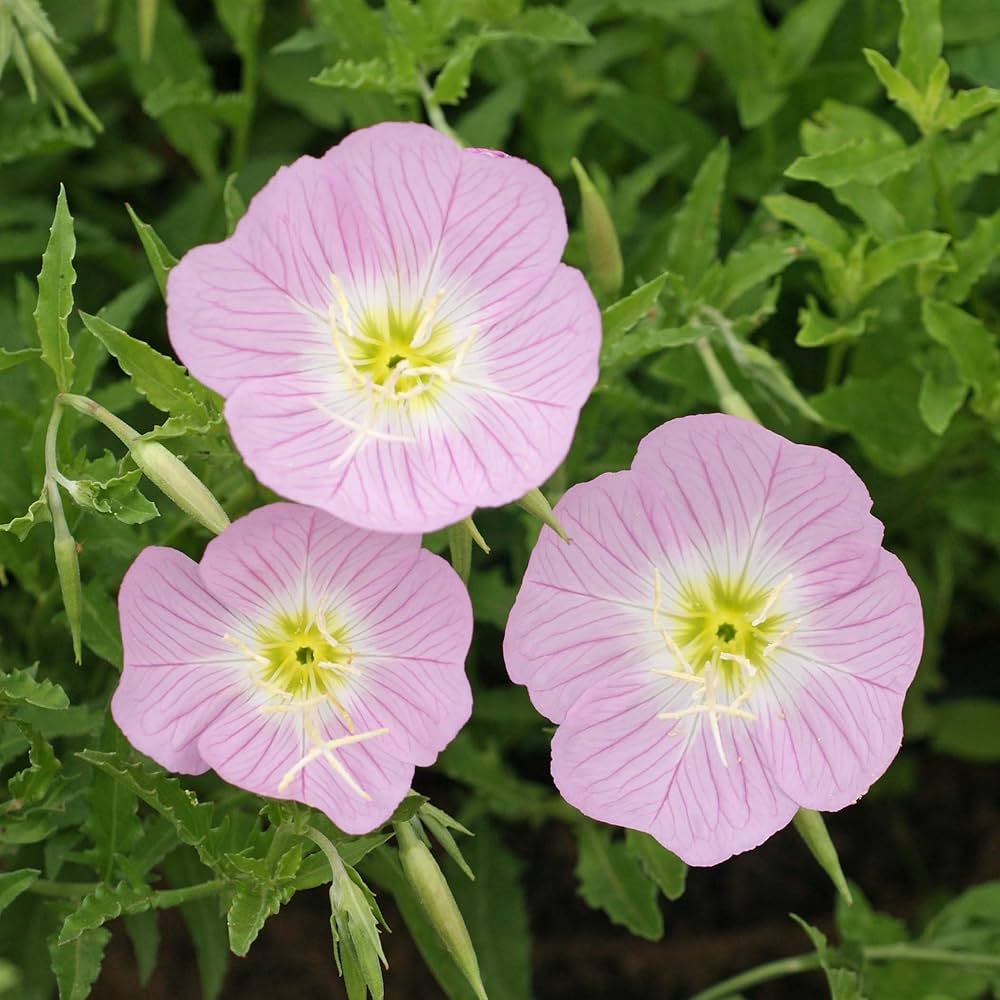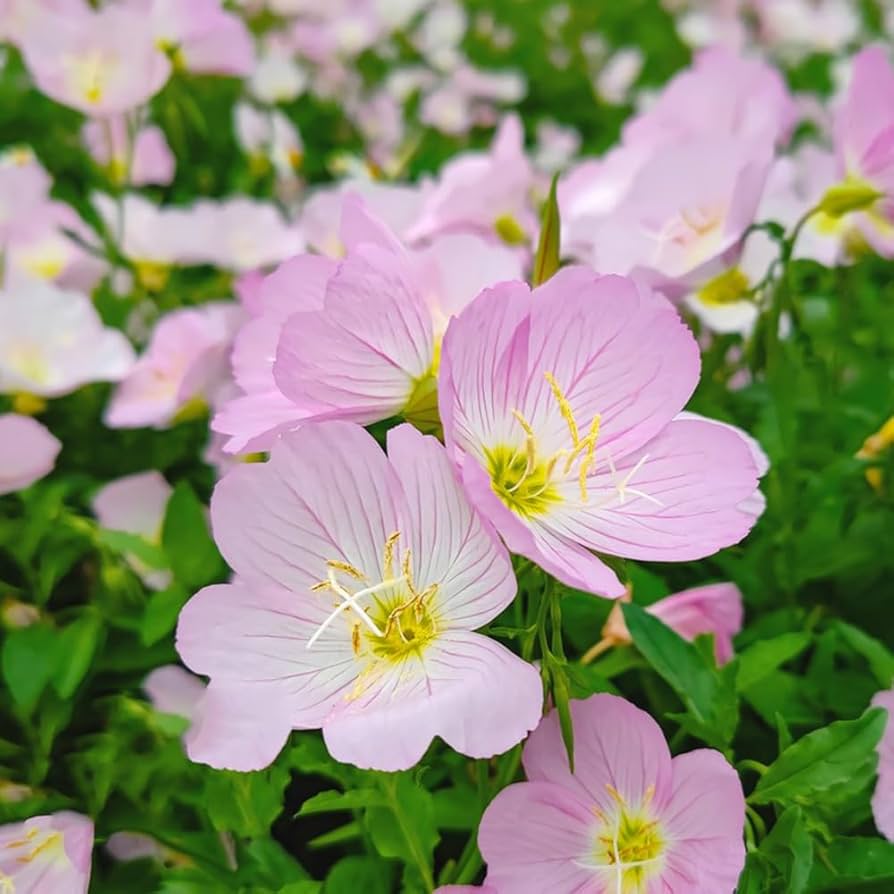Primrose Primula Malacoides Pink Flower Seeds
Couldn't load pickup availability
Description
Primrose Seeds
Characteristics and Uses of Primrose Plants
Primrose seeds produce charming and colorful flowers that are among the first to bloom in spring, bringing vibrant hues to gardens after the winter months. These perennial plants are known for their delicate blossoms, which come in a variety of colors including yellow, pink, purple, and white. Primroses are not only visually appealing but also attract pollinators such as bees and butterflies, making them a valuable addition to any garden ecosystem. They are often used in borders, rock gardens, and as ground cover, providing both beauty and ecological benefits to gardeners of all levels.
Growing Conditions for Primrose Plants
- Light Requirements: Prefers partial shade to full sun, thriving best in locations that receive 4-6 hours of sunlight each day.
- Soil Type: Thrives in well-draining, moist, and rich soil with a pH of 6.0 to 7.0.
- Temperature: Grows best in cool to moderate temperatures, ideally between 50°F to 70°F (10°C to 21°C).
Planting Tips for Primroses
- Seed Depth: Sow seeds about 1/8 inch deep in the soil.
- Spacing: Space plants approximately 12-18 inches apart to allow for proper air circulation and growth.
- Timing: Start seeds indoors 8-weeks before the last frost or sow directly outdoors in early spring.
Watering Instructions and Tips
- Watering Frequency: Water regularly, keeping the soil consistently moist but not waterlogged.
- Watering Method: Use a gentle spray or watering can to avoid disturbing the soil and seedlings.
- Signs of Overwatering: Yellowing leaves or wilting may indicate excess moisture; adjust watering accordingly.
Growing Zones
Primrose plants are suitable for USDA zones 4-8 and can thrive in global zones with similar climates, making them a versatile choice for gardeners looking to add early spring color to their gardens.
Key Benefits & Uses
- Early Blooms: Primroses are among the first flowers to bloom in spring, providing a burst of color after winter.
- Attracts Pollinators: The fragrant flowers draw in bees and butterflies, promoting a healthy garden ecosystem.
- Low Maintenance: Once established, Primroses require minimal care, making them ideal for busy gardeners.
Best Uses in the Garden & Landscape
- Flower Beds: Perfect for adding color and texture to flower beds and borders.
- Rock Gardens: Ideal for planting in rock gardens, where they can thrive in well-drained soil.
- Ground Cover: Effective for preventing soil erosion and providing a lush carpet of blooms.
Conclusion
Incorporating Primrose seeds into your garden is a wonderful way to enjoy the beauty and charm of these remarkable plants. With their unique characteristics and ease of care, these seeds are perfect for gardeners of all levels. Trust bijaseeds, a big, trusted name in the seed world, offering a wide range of high-quality, non-GMO varieties to gardeners everywhere.
FAQ
How do I grow Primroses?
To grow Primroses, sow seeds in well-draining soil in a partially shaded location. Water regularly to keep the soil moist, and provide adequate spacing to ensure healthy growth.
When is the best time to plant Primroses?
The best time to plant Primroses is in early spring after the last frost or indoors 8-weeks before the last frost date for transplanting.
Are Primrose seeds difficult to grow?
Primrose seeds are relatively easy to grow, making them suitable for both novice and experienced gardeners. With proper care, they will thrive and provide a stunning display of color.
